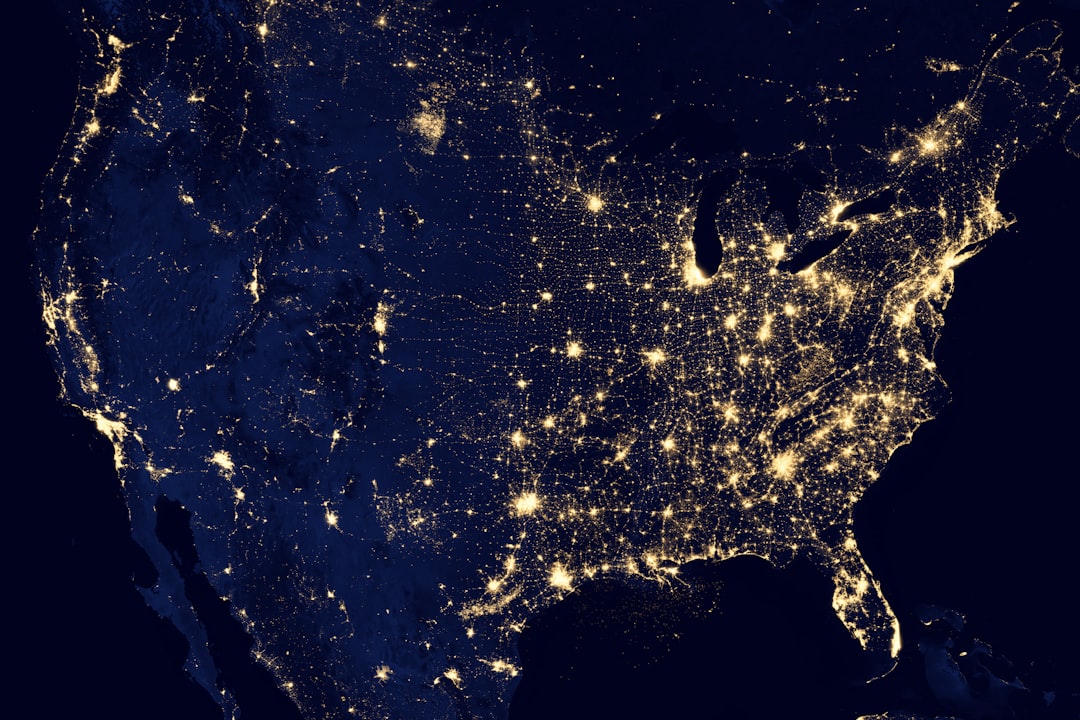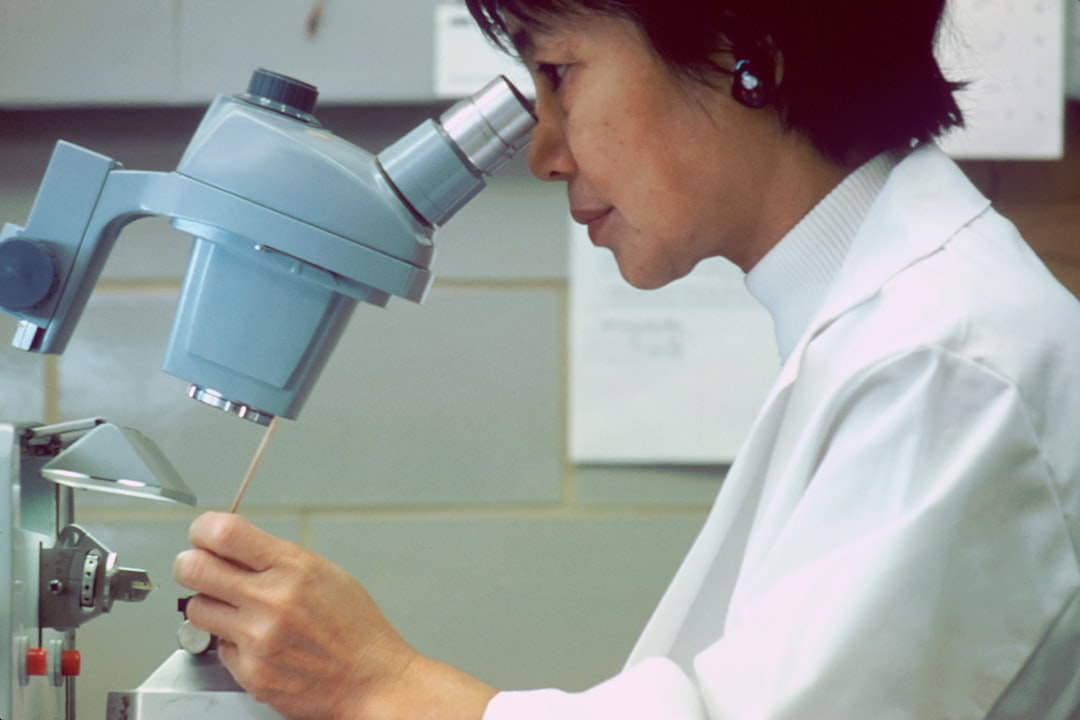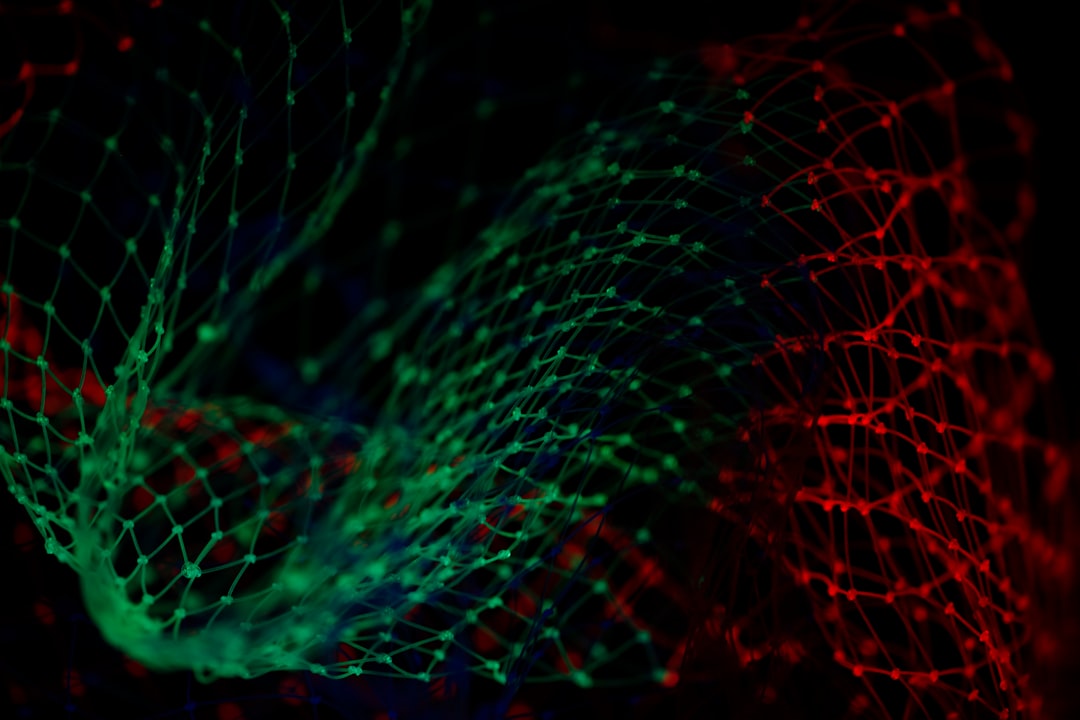What is it about?
Sharing an experience is often effortless in today's digital age, where texts, sounds, images, and videos can be swiftly transmitted. However, conveying a tactile sensation presents a unique challenge. Human fingers are equipped with mechanoreceptors and intricate structures that discern differences among various materials and combinations thereof. To comprehend and replicate tactile sensations, we must distinguish between cutaneous feedback, sensed through the skin, and kinesthetic feedback, perceived through the joints. Introducing a groundbreaking robotic platform, we've successfully decoupled these feedback mechanisms and rendered them palpable. Recognizing that diverse finger sizes and pressures yield distinct experiences, we propose a comprehensive model capable of standardizing user interactions. This robotic device not only reproduces digitized feedback but also generates novel data, enriching our understanding of how humans perceive the world through physical contact.
Featured Image

Photo by Yoann Boyer on Unsplash
Why is it important?
We envision that the presented model and robotic platform, equipped with cutting-edge soft robotics technologies and an origami robot mechanism, can significantly enhance our lives, enabling us to share experiences beyond our current capabilities. For instance, we can replicate the sensation of astronauts touching lunar rocks in space and explore buried treasures 4 km under the sea using real-life contact force data. Moreover, we can augment experiences with previously unattainable data: leveraging images like MRI and ultrasound scans, we can generate specific tactile modulations to create physical profiles with varying textures. This breakthrough enables doctors not only to visualize tumors on screens but also to feel them. Expectant parents can now not only see their unborn infant but also feel their movements. The potential applications for education, healthcare, and exploration are vast, promising, and thrilling.
Perspectives
I hope this article makes people to dream about crossing out things on their bucket by knowing that there are now more ways to visit, explore, and meet the world and people
jamie paik
Ecole Polytechnique Federale de Lausanne
Read the Original
This page is a summary of: SORI: A softness-rendering interface to unravel the nature of softness perception, Proceedings of the National Academy of Sciences, March 2024, Proceedings of the National Academy of Sciences,
DOI: 10.1073/pnas.2314901121.
You can read the full text:
Resources
Contributors
The following have contributed to this page










